Don’t Buy a Wardrobe Until You Read This: A Pro’s Unfiltered Guide
I’ve been building and fixing wardrobes for what feels like a lifetime. From sprawling custom jobs in big country houses to squeezing storage into tiny city apartments, I’ve seen it all. And you know what I see most often? A wardrobe that looked absolutely perfect in the showroom but turned into a wobbly, frustrating mess within a couple of years.
In this article
It’s a story I hear constantly. The doors start to droop, the shelves bow under the weight of a few sweaters, and the drawers get stuck. That beautiful piece of furniture becomes a source of daily aggravation.
People get seduced by a sleek finish or a cool-looking door, and I get it. But a wardrobe is a workhorse. It has to hold a ton of weight and withstand being opened and closed every single day for decades. Choosing the right one is less about finding the prettiest box and more about understanding what’s under the hood. So, I want to walk you through how a pro evaluates a wardrobe, whether it’s a custom build or something you’re eyeing at a store.
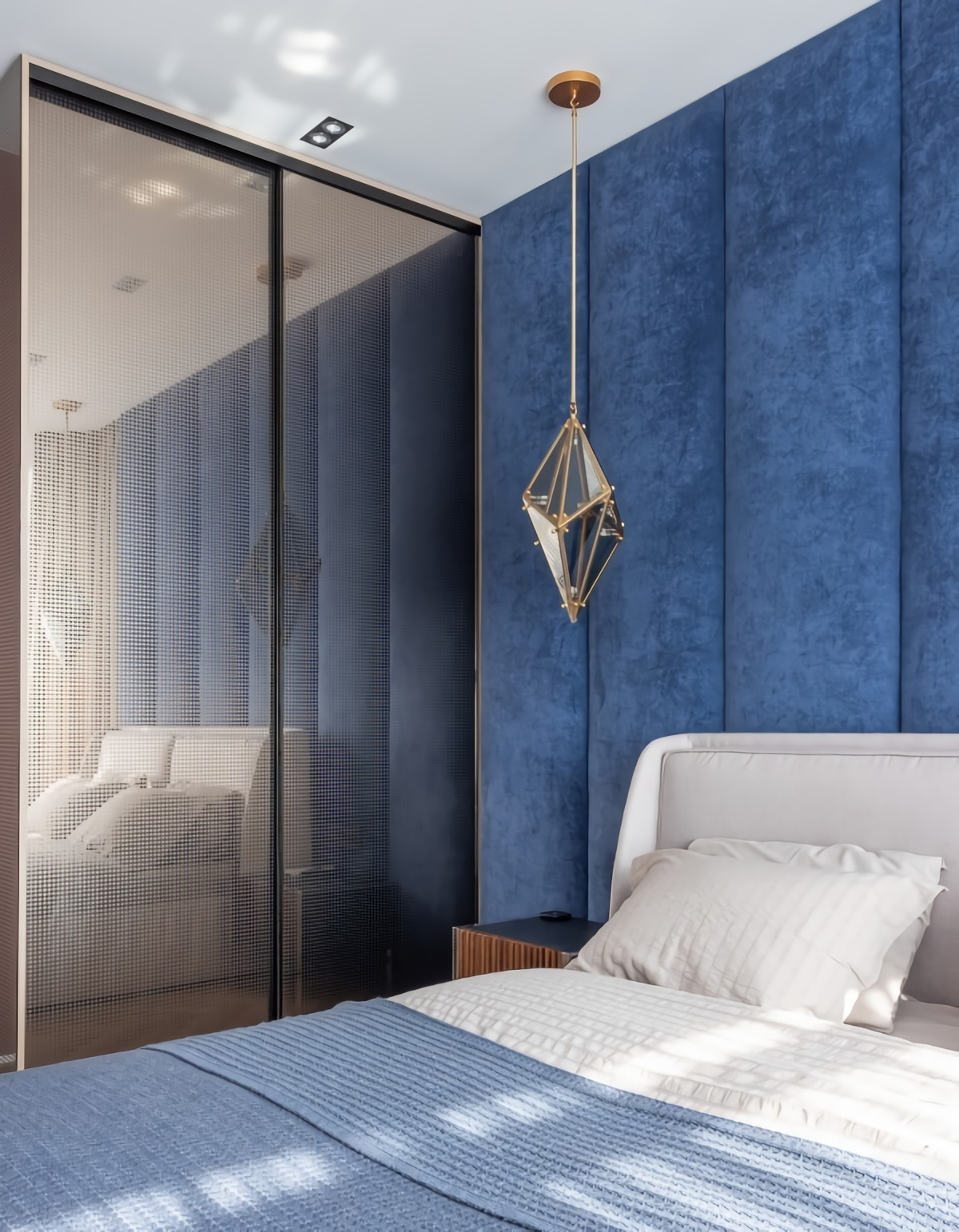
The Stuff It’s Made Of: What Those Labels Actually Mean
The material is everything. It dictates the strength, the lifespan, and how the wardrobe will handle the stress you put on it. Let’s cut through the confusing showroom jargon.
Solid Wood: The Gold Standard
When we say solid wood, we mean actual planks cut from a tree. It’s the original, and for good reason—it’s strong, you can repair it, and it can last for generations. But not all woods are created equal.
Oak is a beast when it comes to durability, making it perfect for heavy-duty pieces. Maple is even harder, with a fine grain that’s amazing for a smooth, painted finish. Then you have premium woods like Walnut, known for its rich, dark color and stunning grain—a real showstopper.
But here’s the most important thing to know about solid wood: it moves. Wood expands and contracts with humidity. Good furniture makers account for this with things like frame-and-panel doors, which let a central panel “float” to prevent warping. If you see a huge door made of a single slab of glued-up wood without a frame, be a little wary. It’s a prime candidate for warping, especially if your home’s humidity fluctuates.
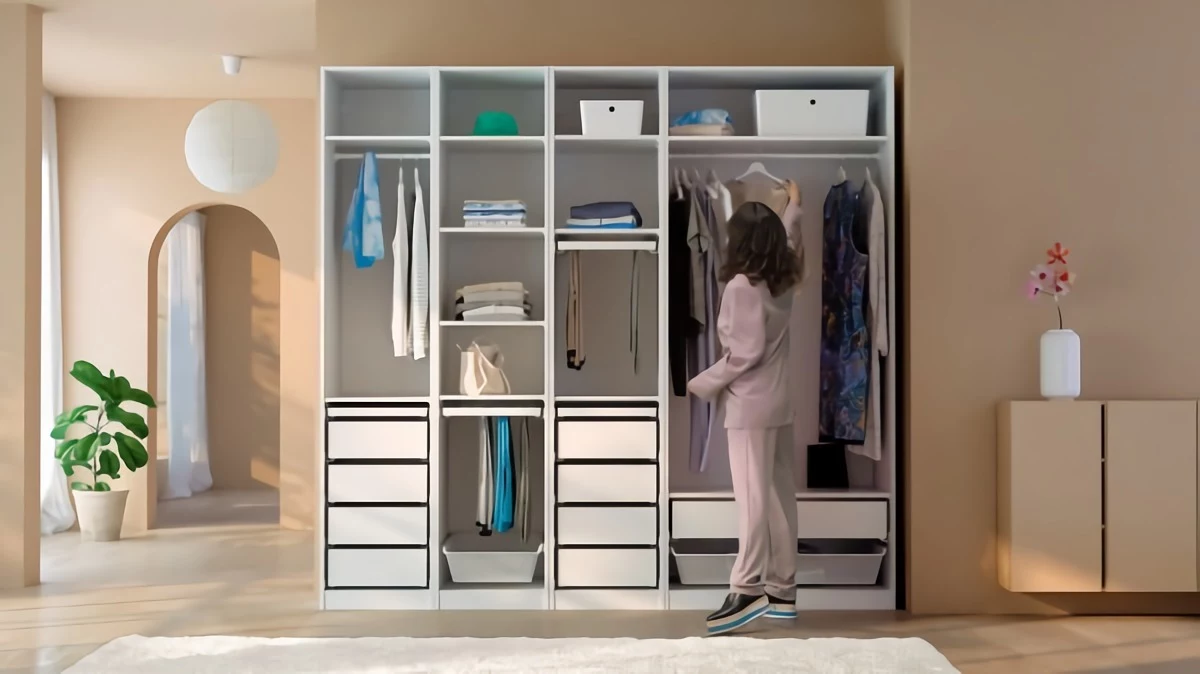
Plywood: The Smart Engineer’s Choice
So many people hear “plywood” and think of cheap construction scraps. That’s a huge misunderstanding. High-quality, furniture-grade plywood is actually one of the best materials you can use for the main box of a wardrobe (what we call the carcass).
It’s made of thin wood layers glued together with the grain direction alternating. This simple trick makes it incredibly stable—it fights warping and shrinking way better than solid wood. For a wardrobe carcass, I’d never go with anything less than 3/4-inch (or 18mm) thick plywood. That’s the minimum you need for real rigidity.
MDF (Medium-Density Fiberboard)
MDF is an engineered sheet good made of wood fibers and resin. Its main advantage? It’s perfectly smooth and stable, which makes it a fantastic surface for a flawless paint job or veneer. The downside, however, is significant. It’s incredibly heavy, and if it gets wet, it’s game over. A chip in the paint that lets moisture in will cause MDF to swell up like a sponge and crumble. It’s not repairable.
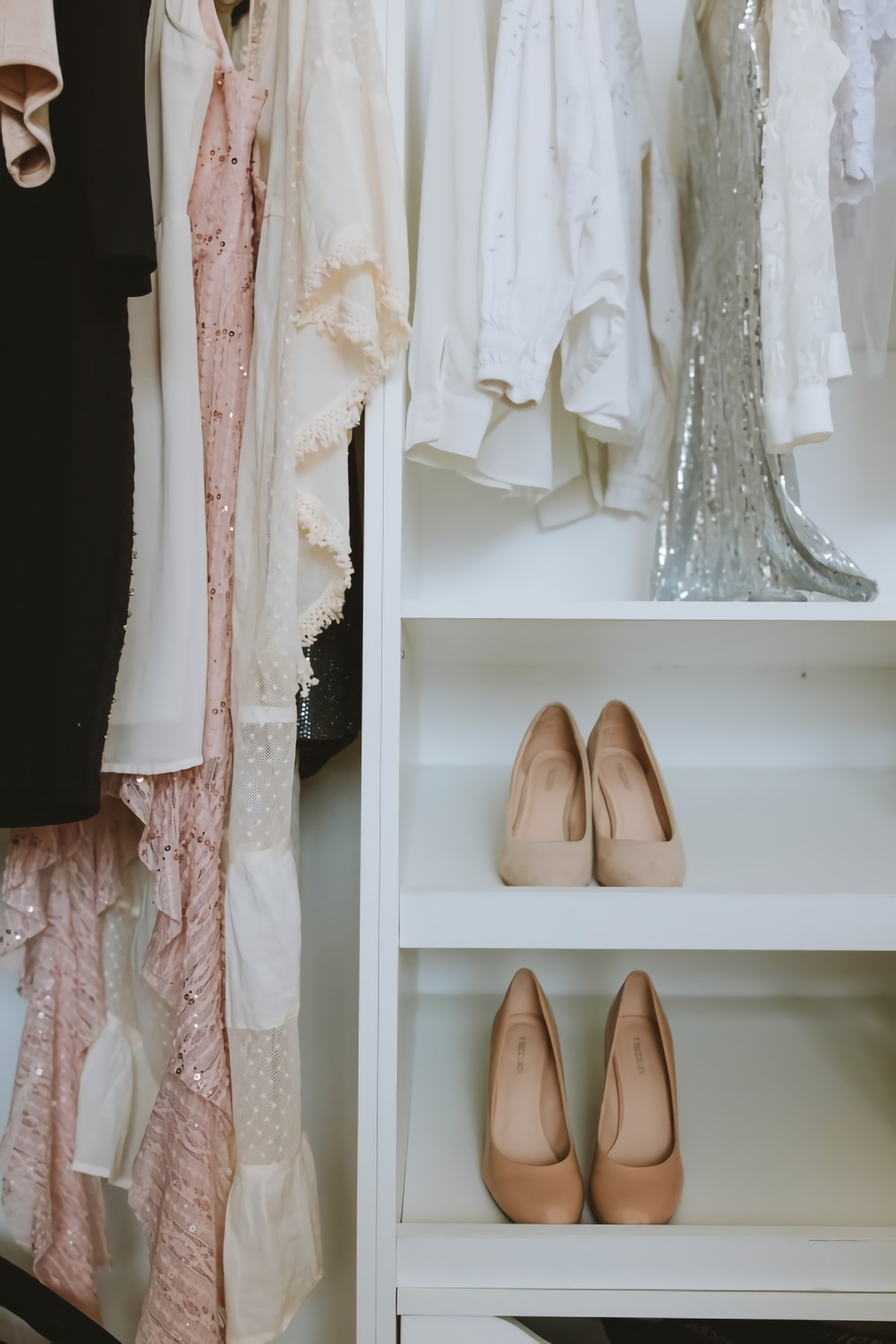
Honestly, the pros use MDF strategically. I might use it for a painted door panel inside a solid wood frame, but I would never build the main structure of a hard-working wardrobe out of it.
Particleboard: The One to (Usually) Avoid
At the bottom of the ladder, you have particleboard, also called chipboard. It’s basically wood chips and sawdust glued together. This is what you’ll find in most cheap, flat-pack furniture, and it has almost no structural strength. Shelves made from it will slowly sag over time, a process called “creep.” It’s also the most vulnerable to moisture damage.
A particleboard wardrobe is a temporary solution, not an investment. But listen, I know budgets are a real thing. If a flat-pack from a store like IKEA or Wayfair (typically in the $200-$500 range) is what you can afford, here’s how to make the best of it:
- Reinforce it! After you build it, add metal L-brackets to the inside corners to help keep it square. You can get these at Home Depot or any hardware store for just a few bucks.
- Replace the back panel. The flimsy cardboard back they provide is useless. Go to a hardware store and get a sheet of 1/4-inch plywood cut to size. Screwing that on instead will make the whole unit dramatically more stable.
- Use wood glue. When you’re assembling it, add a little bit of wood glue to the dowel holes before inserting the dowels. It makes the joints much stronger than the cam-lock system alone.
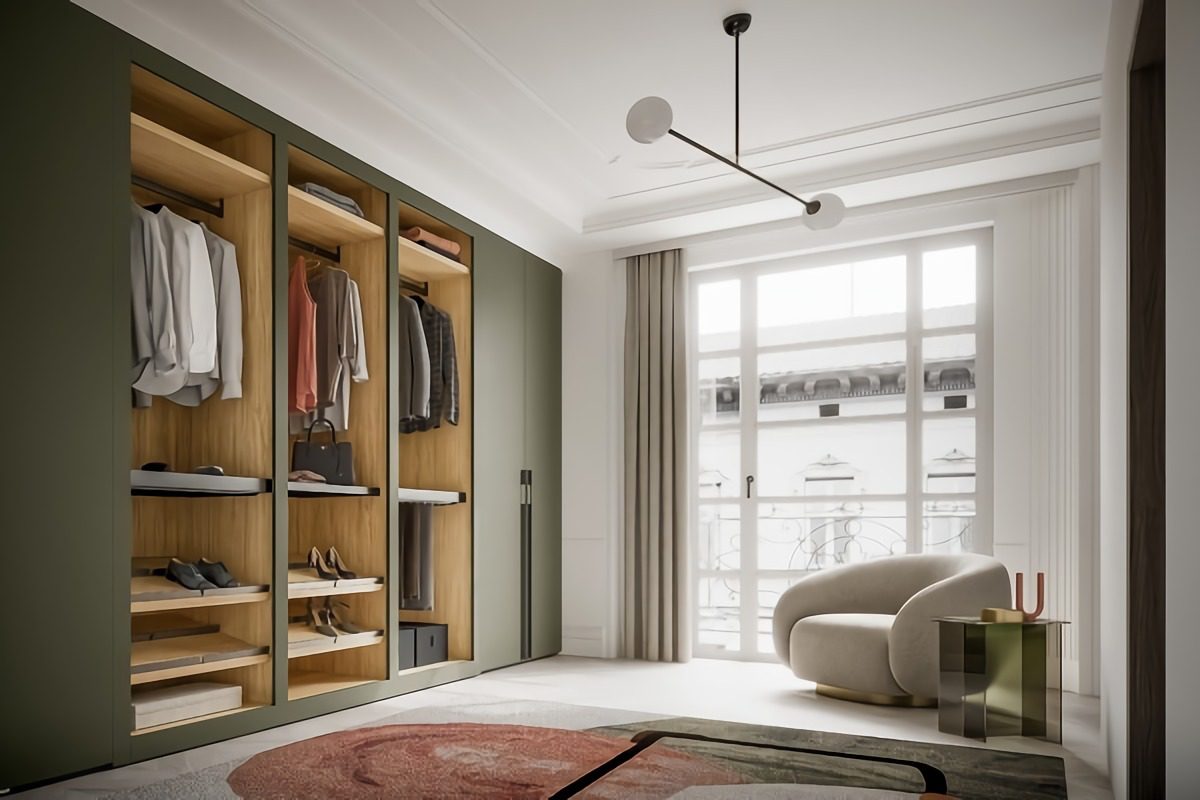
How to Judge Quality in a Store (The 5-Point Inspection)
You don’t need to be a woodworker to spot a well-made piece. Here’s my quick and dirty checklist for when you’re out shopping.
1. The Back Panel Check. This is the biggest giveaway. Cheap wardrobes have a thin piece of cardboard stapled on. A quality piece will have a solid back panel, at least 1/4-inch thick, set into a groove and screwed in place. This is what keeps the whole box from twisting. Quick tip: Can’t get behind it in the showroom? Slide your phone back there with the flash on and snap a picture. You’ll instantly see if it’s flimsy cardboard or solid plywood.
2. The Wobble Test. Give it a firm (but not crazy) push from the side. Does it sway and feel like it might rack? Or does it feel like a solid block? A sturdy back panel and good joinery mean very little wobble.
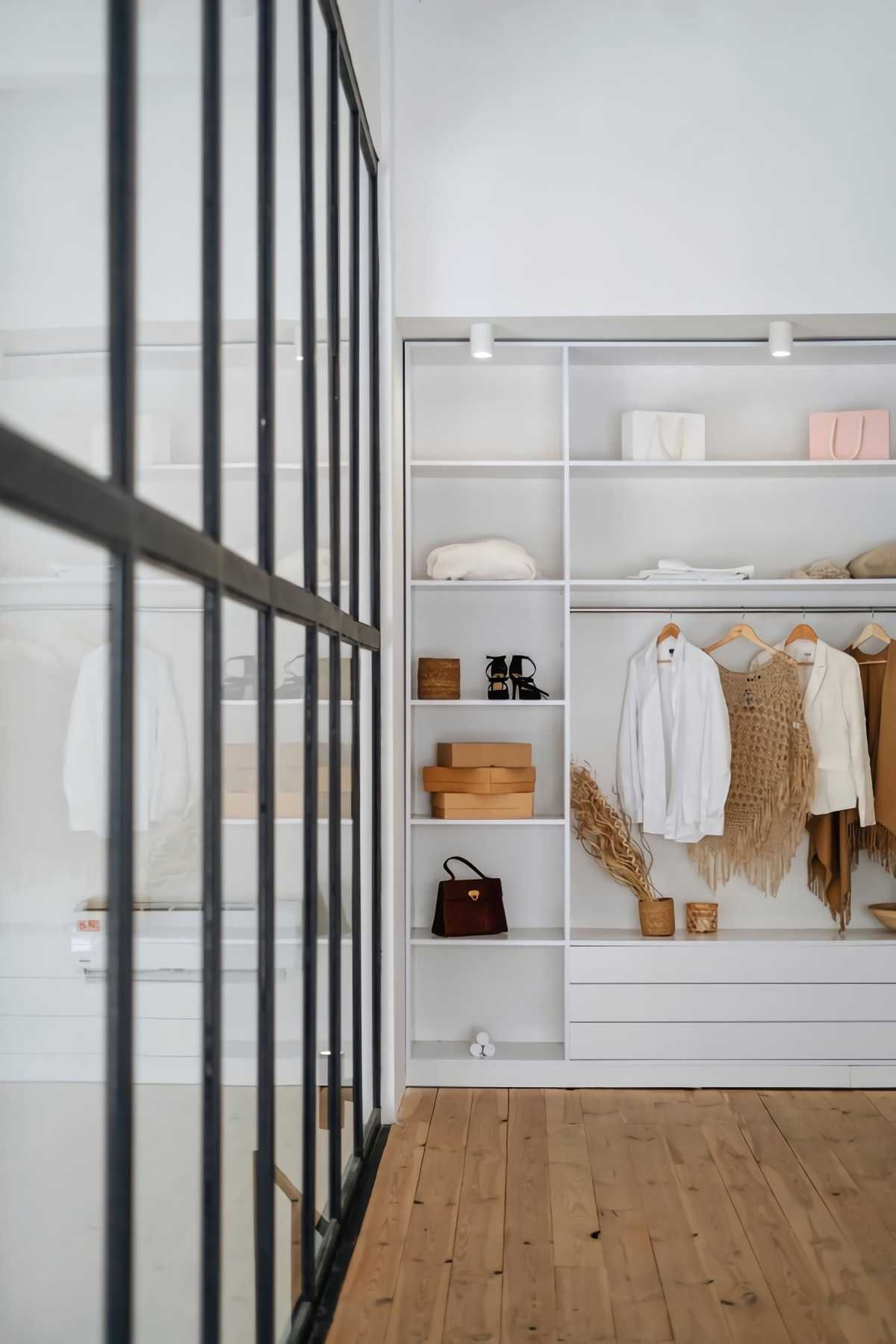
3. How to Spot the Material. Not sure what you’re looking at? Find an unfinished edge—inside a screw hole or on the back of a shelf. If you see distinct layers, it’s plywood. If it looks like uniform, compressed sawdust, that’s MDF or particleboard. Solid wood will have a grain pattern that flows from the surface over the edge.
4. Check the Hardware. Flimsy hardware will ruin your day. Open the doors and check the hinges. Look for thick, adjustable metal hinges (European-style concealed ones are the best). For drawers, pull them all the way out. They should glide smoothly on full-extension metal ball-bearing slides, not on a cheap plastic wheel. And don’t forget the hanging rod! For any span over 3 feet, it needs a center support. Did you know a 3-foot rod of winter coats can weigh over 100 pounds? A flimsy rod is a recipe for disaster.
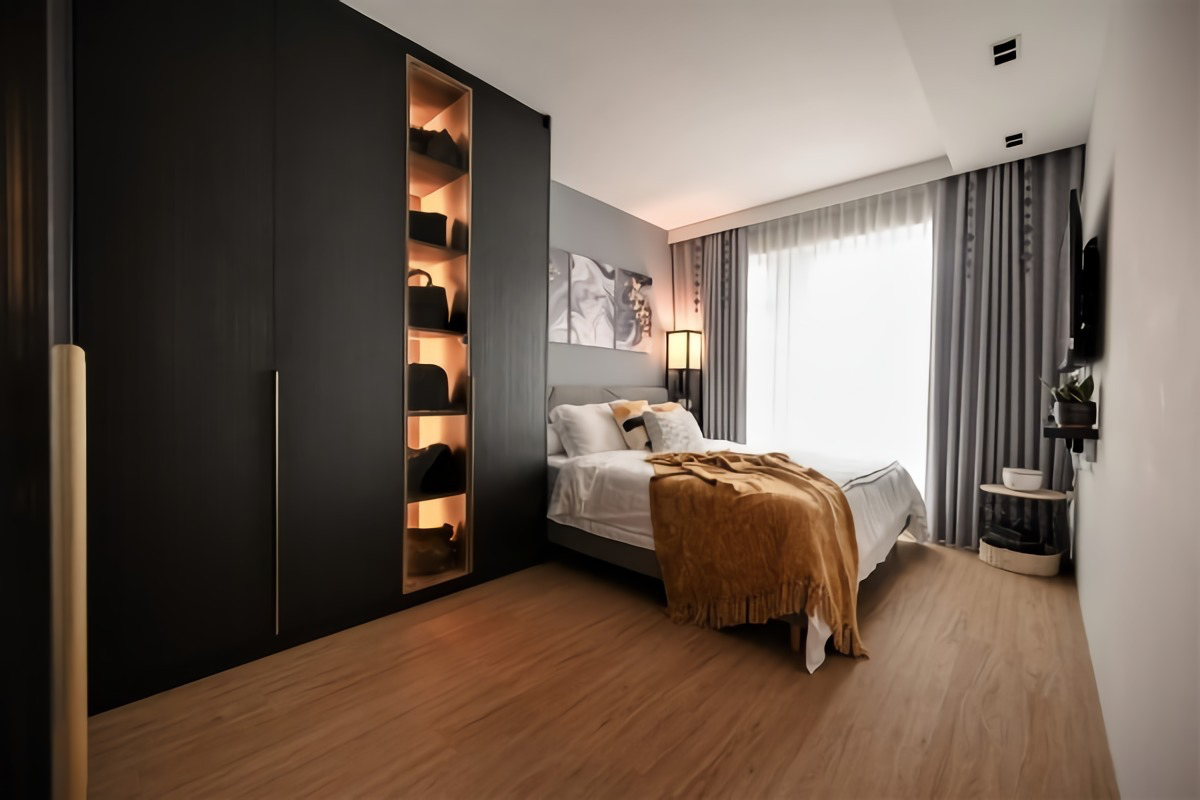
5. Inspect the Joints. Look at how the drawers are put together. If you see interlocking joints at the corners (called dovetails), that’s a sign of high-end craftsmanship. If they are just stapled and glued, they will eventually fail. For shelves, the best are set into a groove (a dado), not just resting on tiny, wobbly pins.
Planning for Your Actual Life, Not Just Your Space
A wardrobe that fits in the room but doesn’t fit your stuff is a failure. Before you buy anything, you need to do some homework.
Measure Everything (No, Really)
Get your tape measure and be meticulous. It’s about more than just height and width.
- Ceiling Height: Measure in a few different spots. Ceilings are rarely perfectly level.
- Obstructions: Note the exact location of light switches, outlets, and heating vents.
- Clearance: Don’t forget baseboards and door trim, which affect how flush the unit sits. You also need space for the doors to swing open—plan for at least 24 inches of standing room in front.
- The Path In: Measure your hallways, stairwells, and doorways! It’s a tragedy when your beautiful new wardrobe gets stuck in the hall.
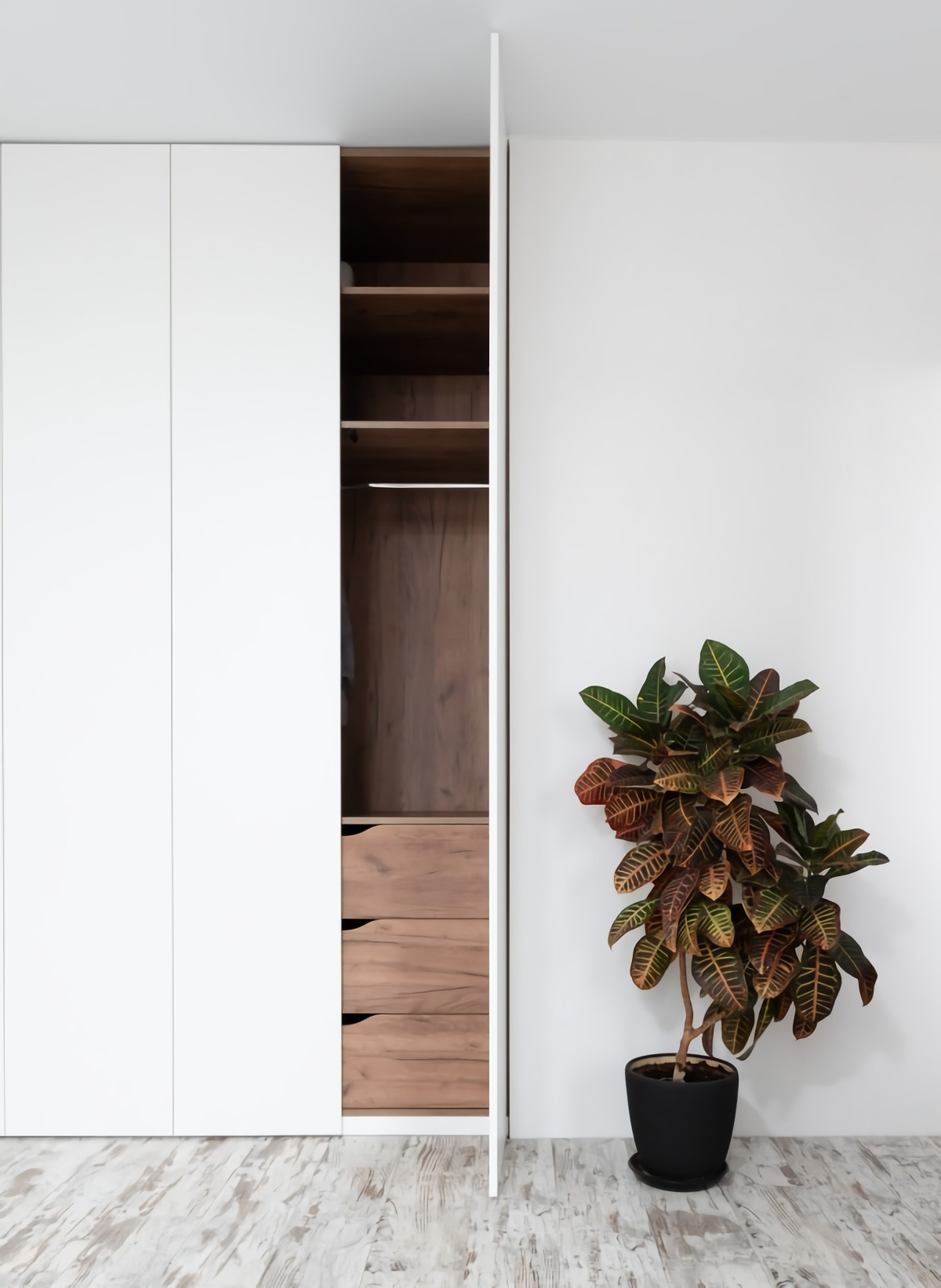
Take Inventory of Your Clothes
Don’t just guess. Pull your clothes out and see what you actually have. How many long coats? How many shirts? This will tell you what kind of interior layout you need. Here are some good starting dimensions:
- Long-Hang (coats, dresses): You need about 65-70 inches of clear vertical space.
- Double-Hang (shirts, jackets): This is a super-efficient use of space. A top rod at 80 inches and a bottom rod at 40 inches from the floor works great.
- Shelf Depth: For folded clothes, 14 inches deep is perfect. Any deeper and things get lost in the back.
By the way, drawers are often way more practical than deep shelves because they bring everything to you. Perfect for socks, t-shirts, and smaller items.
Freestanding vs. Built-In: The Big Decision
This really comes down to your budget, your home, and how long you plan to live there.
A freestanding wardrobe is a piece of furniture you can take with you when you move. The quality and price can be all over the map, from a $300 particleboard box to a $2,500 solid wood armoire. The downside is that you’ll always have wasted space—gaps on the sides and a dust-collecting canyon on top.
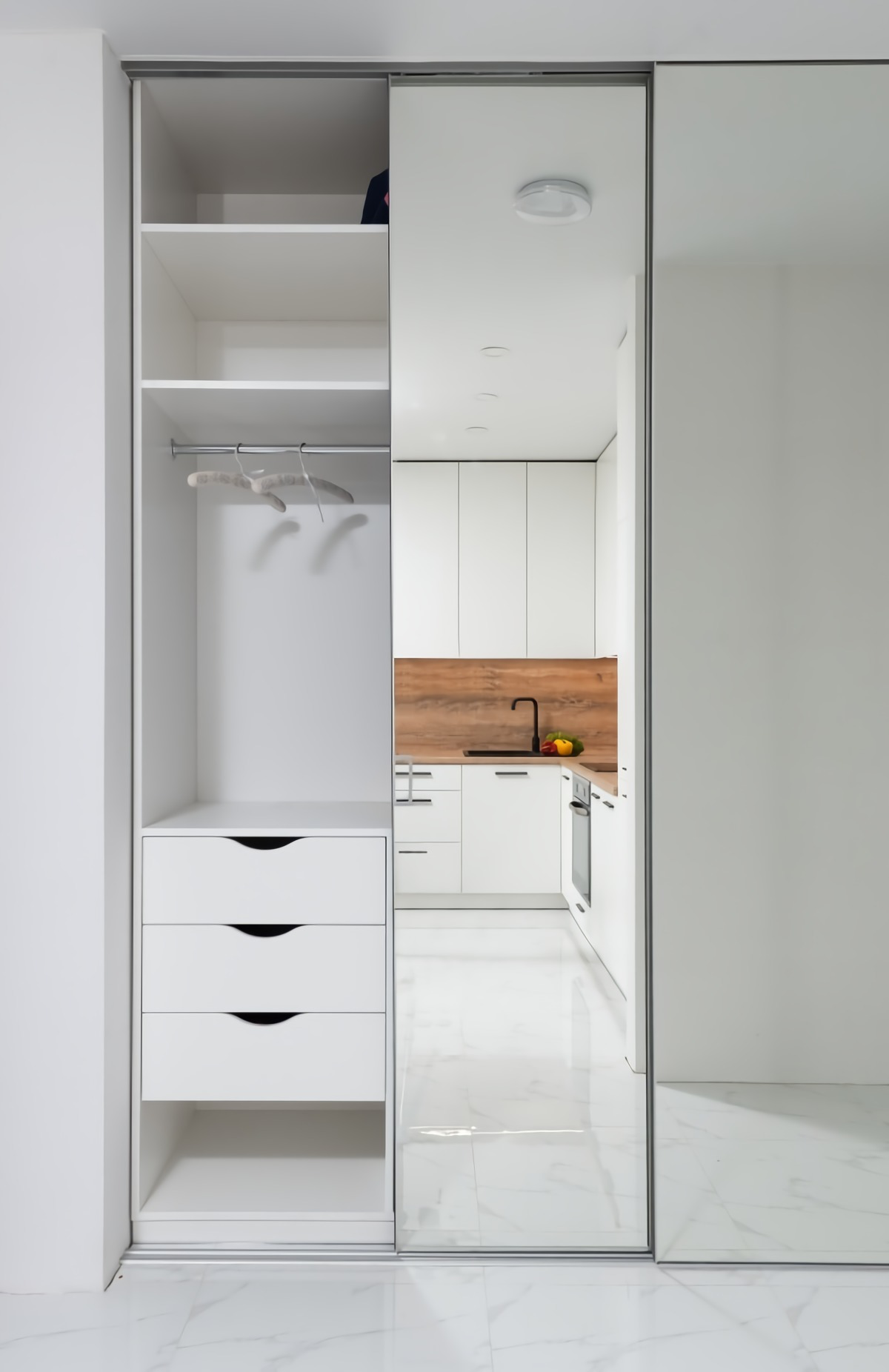
A built-in wardrobe is a permanent installation that maximizes every single inch of space, floor to ceiling. This is the ultimate storage solution. The key is the installation. A true pro will scribe the panels to fit the exact contours of your (never-perfectly-straight) walls, leaving no gaps. This isn’t a simple DIY job. While it’s more expensive upfront—often starting around $800 to $1,500 per linear foot depending on materials and complexity—a good built-in adds real value to your home.
Final Checks: Safety and a Dose of Reality
Let’s wrap up with two things I’m a real stickler about: safety and value.
Heads Up: The Tipping Danger is Real
This is non-negotiable. Any freestanding wardrobe MUST be anchored to the wall, especially if you have kids. It takes 15 minutes and can prevent a serious accident. Don’t just use a drywall anchor; you need to find a wall stud.
Here’s a quick how-to: You’ll need a stud finder (about $15 at a hardware store), a drill, and the anti-tip kit that came with the furniture (or buy one for under $10). Use the stud finder to locate a solid stud in the wall behind the wardrobe. Mark the spot. Attach one bracket to the stud, and the other to the top of the wardrobe. Then connect them with the provided strap. It’s the most important thing you’ll do all day.
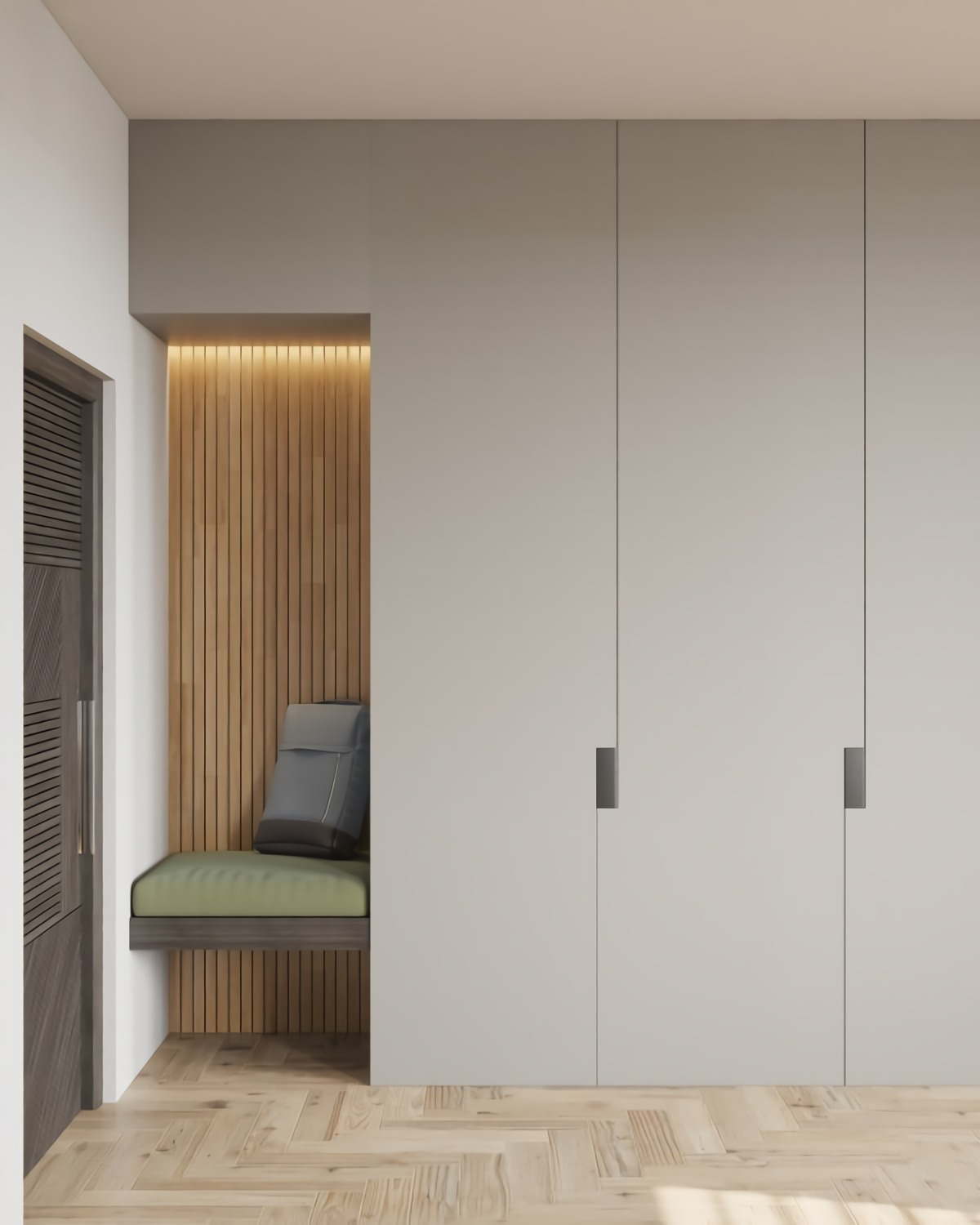
Cost vs. Value
It’s tempting to grab the cheapest option, but that’s often a false economy. A $300 wardrobe that lasts three years costs you $100 per year. A $1,500 wardrobe made from plywood and good hardware that lasts thirty years costs you $50 per year. The better-quality piece is almost always the smarter financial choice in the long run.
When to Call a Pro (And What to Ask)
Assembling a flat-pack is one thing, but for installing a large wardrobe on uneven floors or for any custom built-in, hire a professional installer or a cabinetmaker. The quality of the installation is just as important as the quality of the wardrobe itself.
If you do hire someone, ask these questions:
- What material do you use for the main cabinet boxes? (You’re hoping to hear “3/4-inch plywood.”)
- What brand and type of hinges and drawer slides do you use? (Look for reputable names or features like soft-close and full-extension.)
- How do you handle crooked walls and floors? (The magic word you want to hear is “scribing.”)
Choosing a wardrobe is a big deal. You’re going to interact with it every day. So take your time, look past the shiny finish, and give it a good shake. A well-built wardrobe feels solid and dependable—a quiet partner that’s built to make your life easier for a long, long time.
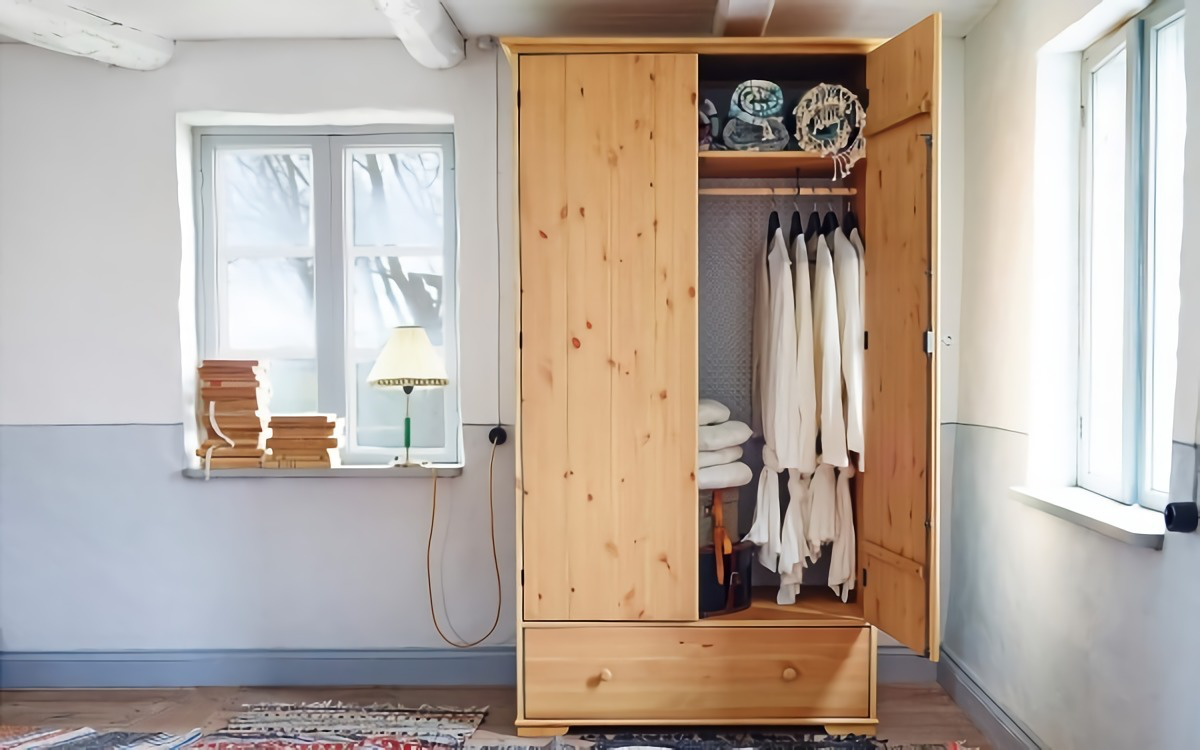
Inspiration:
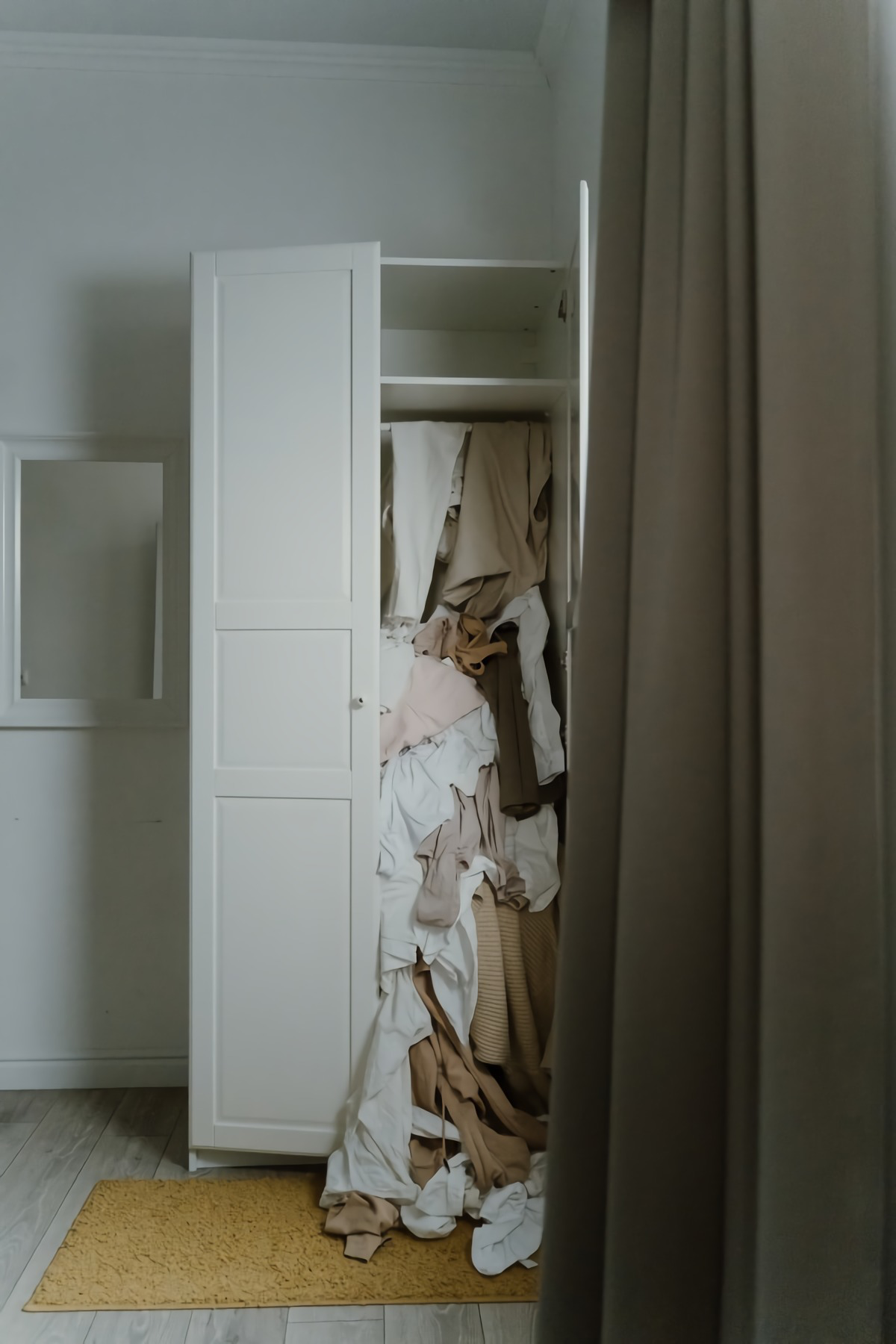
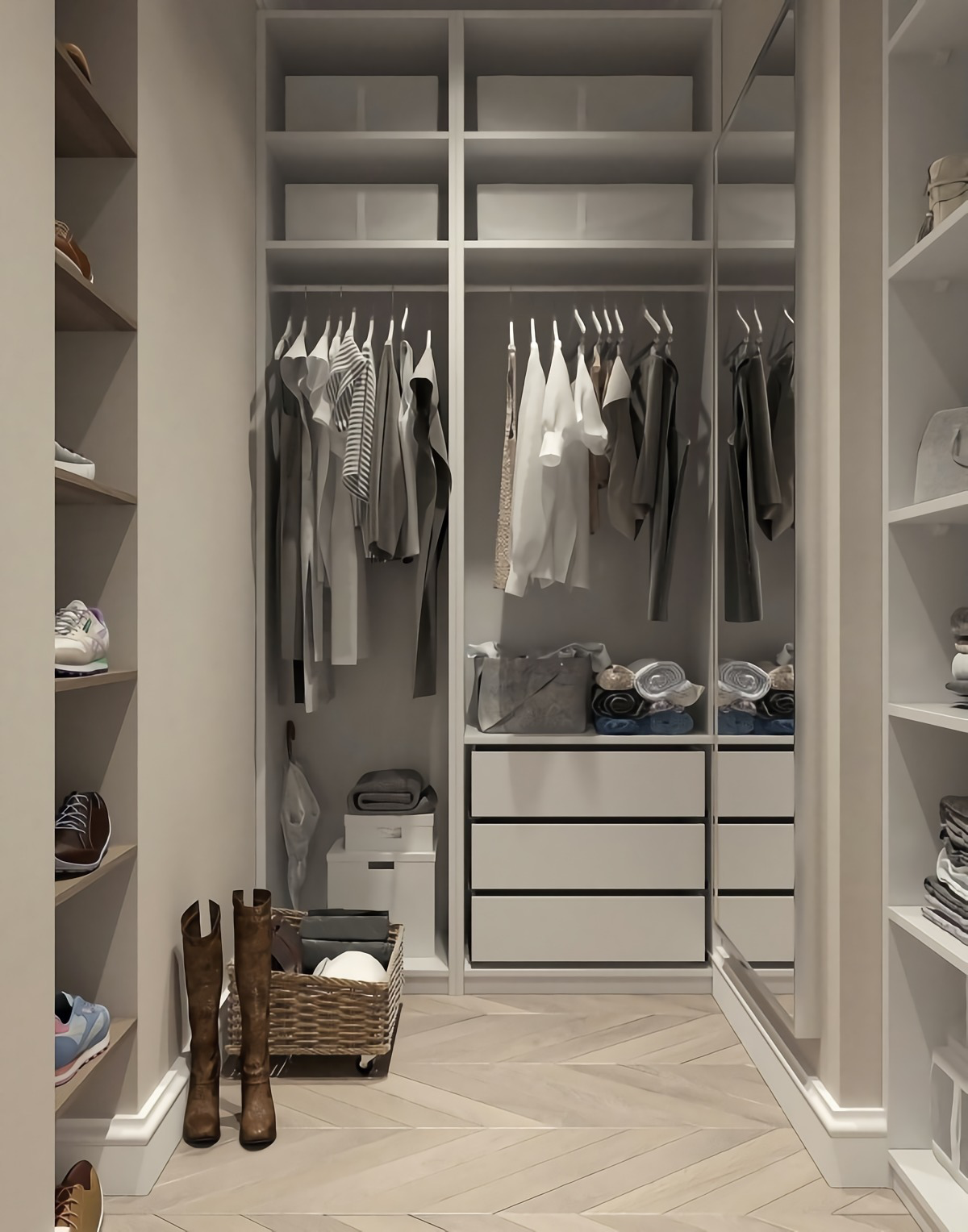
The ultimate red flag: A flimsy, foldable hardboard back panel that’s simply taped or stapled on. This isn’t just a cost-cutting measure; it’s a structural failure waiting to happen. A weak back offers zero rigidity, meaning the entire wardrobe frame can twist over time, causing doors to misalign. A quality piece will feature a solid back panel, at least 6mm thick, set into a groove within the main frame. This single detail is the secret to a wardrobe that stays square and stable for decades.

How do you transform a simple storage unit into a personal boutique experience every morning?
Think about integrated lighting. The biggest shift in high-end wardrobe design isn’t just about wood or finish, but about how you see what’s inside. Forget fumbling in the dark; modern systems incorporate motion-activated LED strips that illuminate your clothes as the door opens. Specialists like Häfele offer recessed profiles that cast a warm, even glow, making it easier to distinguish between your navy and black items. It’s a functional luxury that turns a daily routine into a small moment of pleasure.
- The Hinge Wiggle: Open a door to 90 degrees and gently try to lift it. Is there play or movement? Quality hinges should feel rock-solid with no sag.
- The Drawer Glide: Pull a drawer all the way out. Does it glide smoothly or does it scrape and wobble? Even without a soft-close feature, the fundamental stability of the glide is what matters.
- The Shelf Press: Press firmly in the center of the longest shelf. Significant bowing under light pressure is a clear sign it will sag badly once loaded with clothes.
The secret? These simple, physical showroom tests reveal more about a wardrobe’s long-term quality than any price tag or sales pitch. A wardrobe is only as strong as its weakest component.










